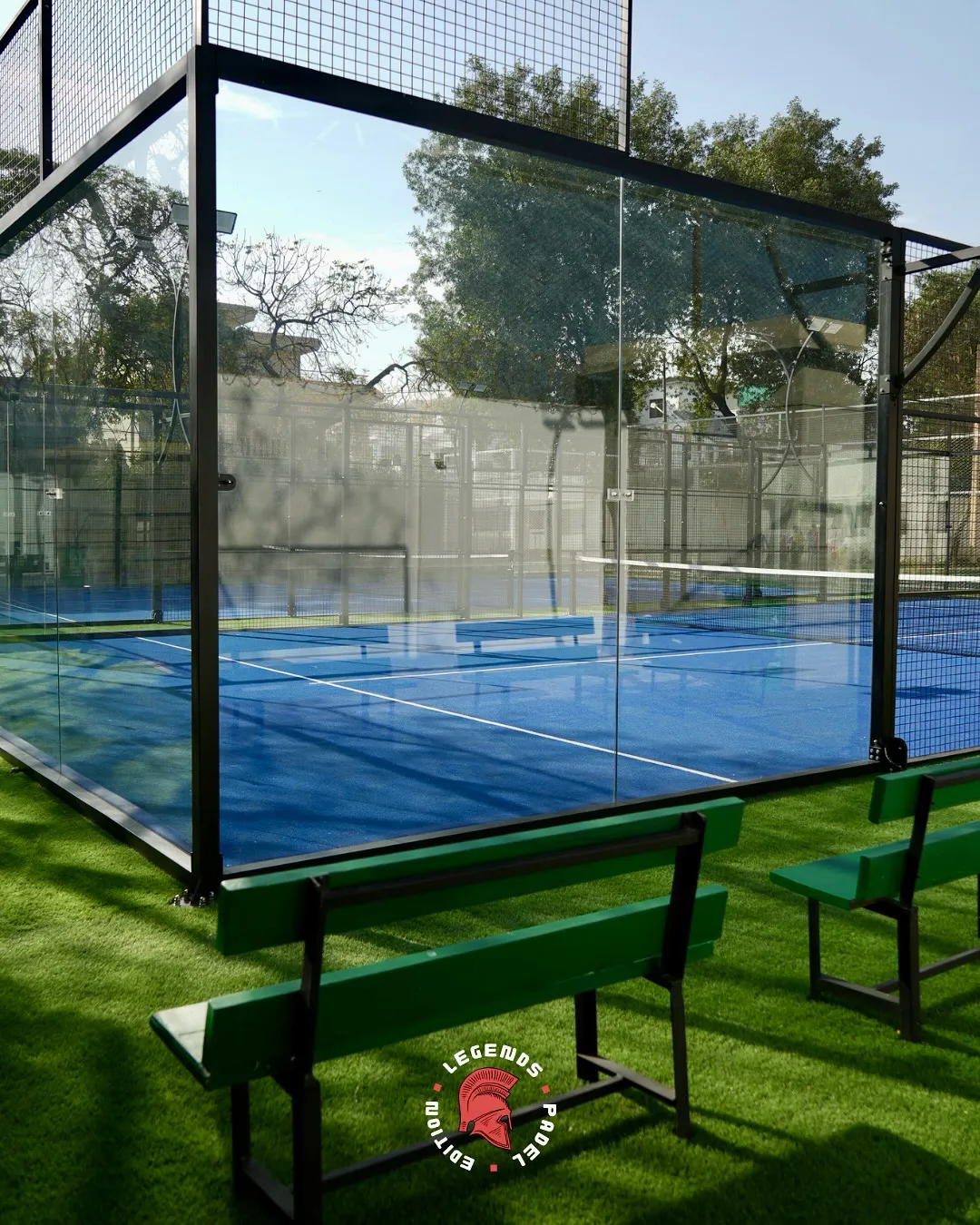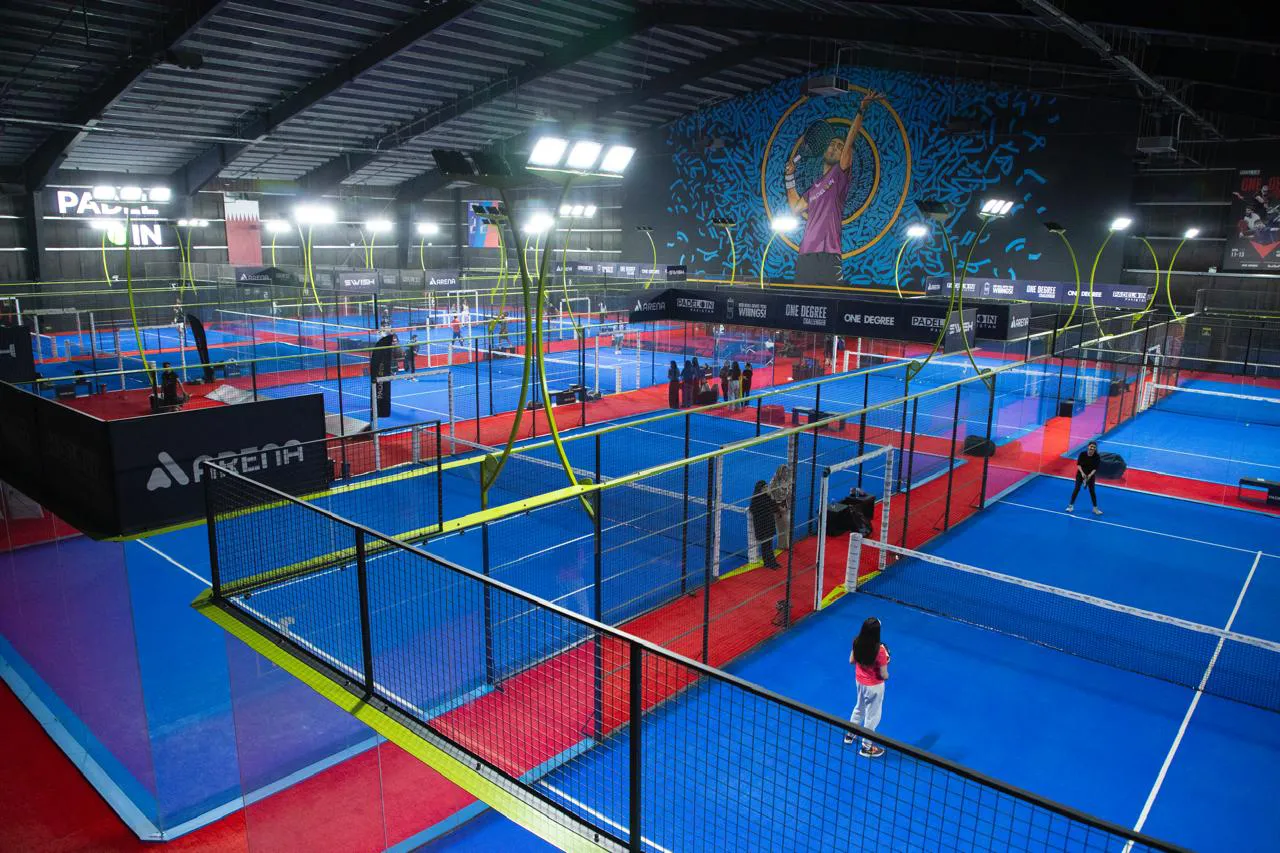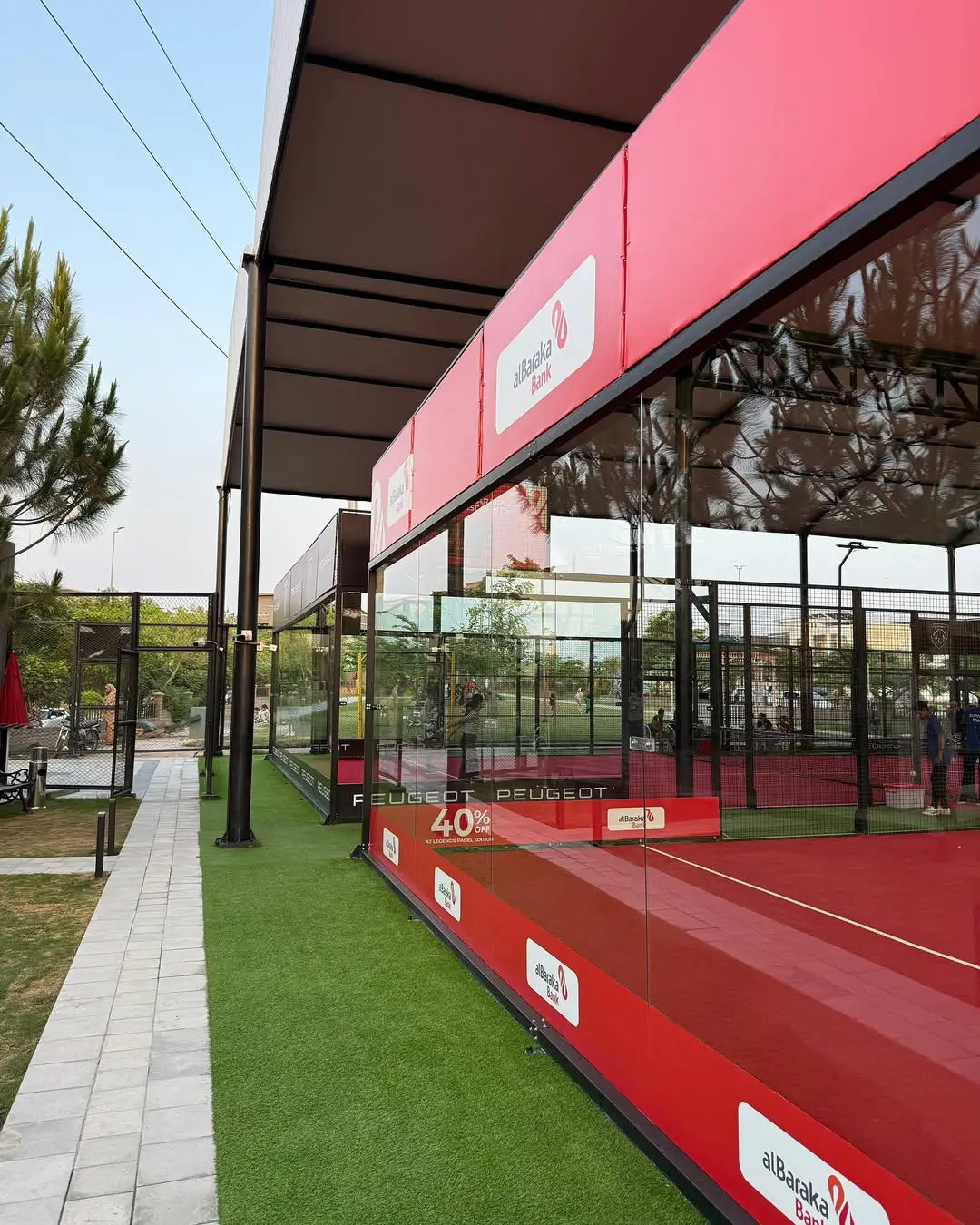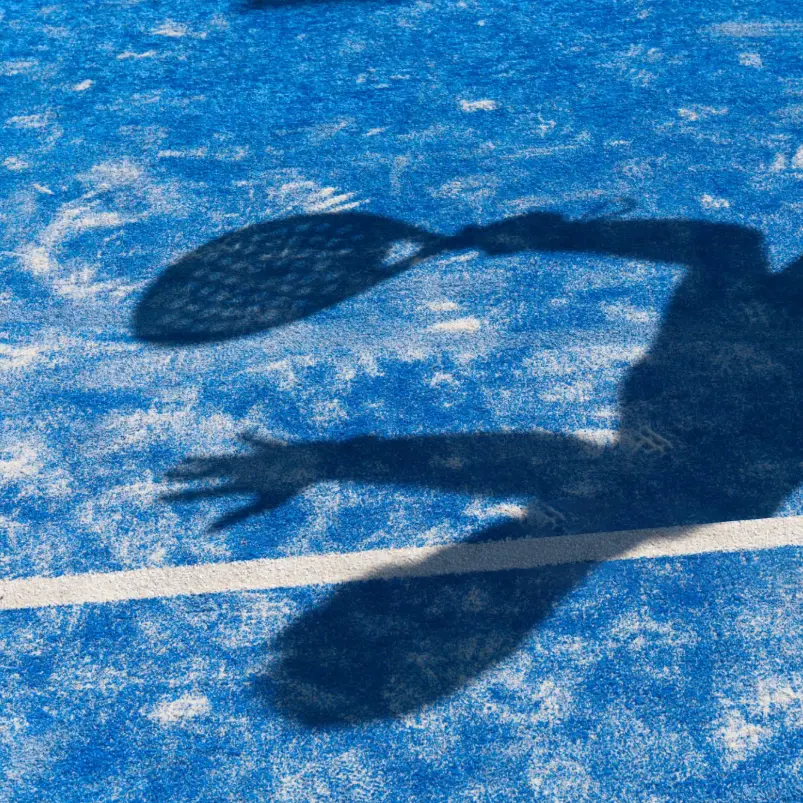It began quietly. A single court. A borrowed racquet. A few curious players chasing the echo of a new kind of ball. But in just a few years, padel - a hybrid sport blending the best of tennis and squash - has carved out a visible and vibrant space for itself in Pakistan’s athletic landscape. What began as an imported curiosity has now become a cultural marker, a fitness movement, and for some, a form of belonging.
Globally, padel is the fastest-growing sport in the world, with over 25 million players across 90 countries. With its doubles format, smaller courts, and accessible rules, it has attracted everyone from elite athletes to weekend hobbyists. In Pakistan, its rise has followed a distinctive path—rooted not only in the sport’s global appeal but in the unique personality of each city where it has taken hold. In Karachi, it arrived fast and furiously. In Lahore, it grew deliberately, infused with culture and community. In Islamabad, it found quiet purpose, echoing the city's restrained elegance.
Karachi: The First Serve
Padel found its first Pakistani home in Karachi—a city known for its entrepreneurial spirit, grit, and hunger for novelty. If the sport needed a starting point, Karachi was ready.
“We didn’t wait for permission,” says Mamoon Qureshi, an early enthusiast and one of the first to set up a private padel court in the city. “We built the court in a backyard with imported turf, got some friends together, and started playing. And just like that, we brought Padel to Pakistan.”
What followed was a domino effect. From private courts sprang pop-up tournaments, and from casual games grew structured leagues. Karachi Padel Club quickly became a nucleus for regular players, attracting young professionals, expats, and seasoned athletes curious about the new sport. Legends Arena became the capsule that launched padel as a sport that had announced its official arrival.

“Karachiites are used to creating joy from chaos,” says Samina Ali, a fitness consultant who now offers padel sessions at her Clifton gym. “Padel gave them something fast-paced, communal, and refreshing.”
The city’s padel scene is defined by its informality and openness. Rules are flexible, games run late into the night, and the emphasis is more on energy than elegance. It reflects the Karachi spirit: improvisational, fast-moving, and always a little rebellious.
Lahore: Rituals, Rhythm and Community
While Karachi ignited the fire with improvisational flair, Lahore’s approach was more measured - seeking meaning in every match. The sport took longer to catch on here, but when it did, it arrived with intention.
“Lahore wanted more than just a court and a racquet,” says LPA representative Usama Butt, a former tennis player who transitioned to padel and now runs one of the city’s premier coaching academies. “We built training systems, focused on form, and created a pathway for new players to really understand the game.”
In Lahore, padel became part of the broader cultural ecosystem—integrated into gym networks, tied to wellness communities, and even aligned with fashion and art circles. Tournaments here are often tied to causes or curated events, with players showing up not only to compete, but to be seen.
“There’s a performative elegance to Lahore’s padel scene,” says Meher Raza, an amateur player. “It’s about movement yes, but also about meaning.”

Women, in particular, have found an expressive space within padel in Lahore. With its doubles format and relatively gentle learning curve, the sport has become a conduit for fitness, friendship, and female athleticism. “We play seriously, but we also laugh,” says Zahra Khan, who co-founded a women’s padel group in DHA. “It’s competitive, but it’s also connection.”
In Lahore, padel is not just a sport—it’s a story. One told in slow, deliberate chapters - each match woven into the fabric of a growing community finding its rhythm.
Islamabad: Still Skies, Steady Steps
If Karachi sprinted and Lahore danced, Islamabad walked. But its pace has allowed for thoughtful growth.
“Islamabad isn’t about spectacle,” says Taimur Shah, a club manager overseeing the capital’s first purpose-built padel courts. “It’s about serenity. People here want consistency, structure, and quality.”
Padel courts have begun to dot the city’s private clubs and diplomatic compounds, attracting a mix of expats, diplomats, and families. Unlike the competitive edge in Karachi or the aesthetic polish in Lahore, Islamabad’s padel scene is community-driven and calm.
“You’ll see three generations on court sometimes,” says Saman Mir, a coach working with students at a local international school. “It’s a game they can all play.”

That intergenerational appeal has been key to padel’s sustainability in the capital. Coaching programs for kids, evening leagues for professionals, and casual weekend matches have created a slow but loyal ecosystem.
“There’s something poetic about playing padel under the Margalla Hills,” Mir adds. “It suits the city.”
Three Cities, One Game, Many Stories
What unites Karachi, Lahore, and Islamabad is not the way they play padel, but the fact that they do. The sport has revealed the character of each city, becoming a kind of mirror.
Karachi plays like it lives: fast, hungry, unafraid. Lahore plays with flair and feeling, tying each serve to a larger story. Islamabad plays with intention, slow and steady, grounded in community.
“Padel has become a new language,” says Usama Butt. “And each city speaks it in its own accent.”
This diversity may be its biggest strength. National tournaments are attempting to emerge, bringing these differing energies into friendly collision. Coaches are networking. Brands are noticing. The Pakistan Padel Federation is beginning to take shape.
“Padel may have started as a niche,” says Mamoon Qureshi, “but it’s fast becoming a movement.”
What Comes Next
As padel continues to grow, questions around infrastructure, access, and development will become more urgent. Who gets to play? Where are the public courts? Can it move beyond elite enclaves? And in a flagging economy, what signals to investors that this sport will endure?
Where there is unbridled enthusiasm about this new space, there is also a sense of caution accompanying it. On the one hand, a local private school is considering dismantling its long unused tennis courts and investing their students’ futures in securing padel courts in their place. On the other, a seasoned real estate developer disregards the idea of setting up a padel club facility, despite its numbers, dismissing it as a fad sport.
But for every sceptic there seem to be a hundred optimists turning their backyards into courts. With such low barriers to entry, opening these private spaces to the public comes naturally—especially when profit is part of the appeal. It costs anywhere between 4 to 6 million rupees to purpose-build one court, and in cities where we are used to winging crucial infrastructure such as parking, you might wake up tomorrow morning to the sound of games thwacking in your neighbour’s yard.
If the past few years are any indication, the future is bright. The energy is there. The players are ready. The momentum is unmistakable. And in Karachi, Lahore, and Islamabad, something remarkable is happening on these 20-by-10 metre courts: a new kind of Pakistani story is being served.
One point at a time.





